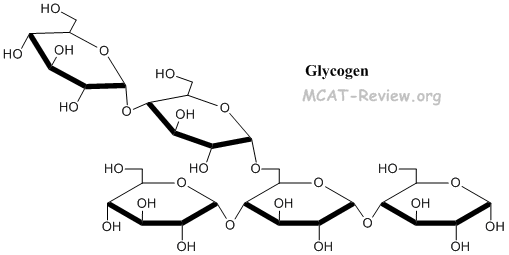Now Serving: The Cheese

- hope this is not to cheesy for you
To sum up on the topic of McArdle Disease, we will be talking about how the diagnosis step taken.
Before that, let's have a overall view of how glucose is broken down in the cells when it undergoes anaerobic glycolysis.

The Diagnosis
Diagnosis of Glycogen Storage Disease Type V will commence if the doctor notices that patient possesses multiple of the symptoms indicated for this disease. Firstly, laboratory tests will be carried out. A muscle biopsy will be carried out to find out if there is an absence of myophosphorylase found in muscle fibers. A microscope can also be used to view acid-Schiff stained glycogen in some cases.
Genetic sequencing of the PYGM gene, which is responsible for the coding of myophosphorylase, may be done to determine if there is indeed a mutation in the gene and hence determining the presence of McArdle's disease. This testing is preferred due to its less invasive nature as compared to conducting a muscle biopsy.
- one mouthwatering burger from our restaurant
That's all from us! We hope that you have enjoy the meal throughout the whole course and learn more about the facts of McArdle Disease.
This will be our last time posting as our restaurant is moving out of Ngee Ann Polytechnic, School of Life Science & Chemical Technology, Blk83 B1-01 with effect of today 2359. :)
http://www.patient.co.uk/doctor/mcardles-disease-glycogen-storage-disease-type-v
http://en.wikipedia.org/wiki/Glycogen_storage_disease_type_V#Diagnosis





